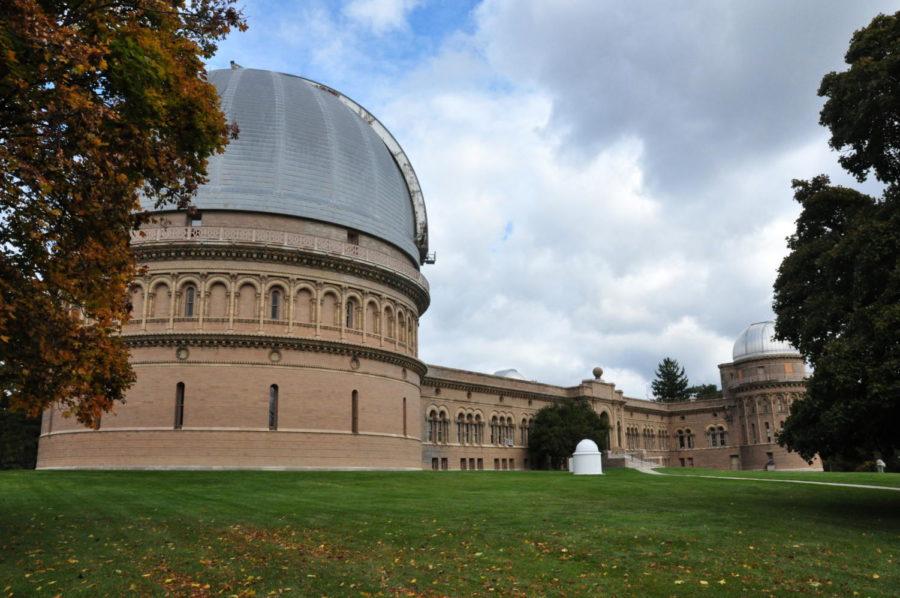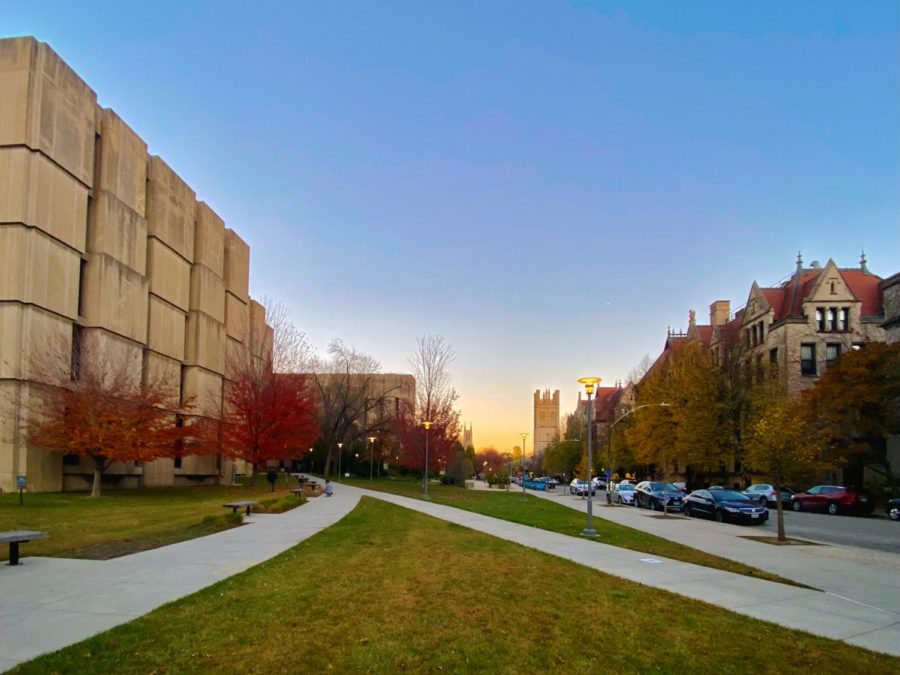NASA teams involving UChicago faculty and graduate students recently discovered two planets beyond our solar system through the Transiting Exoplanet Survey Satellite (TESS) mission: a potential Earth-sized planet in the habitable zone, and a circumbinary planet—which rotates around two stars.
TESS’s mission is to find small, rocky planets that could potentially host life by looking at the brightest stars near the Earth to find transiting exoplanets, which orbit around a star other than our sun.
In doing this, the satellite has discovered its first Earth-sized planet in the habitable zone, named TOI 700 d.
“This is the first planet that we have found that fits the criteria of small enough to potentially be rocky like Earth, having a surface, and in the habitable zone,” Emily Gilbert, an astronomy and astrophysics graduate student and coauthor of the study, told The Maroon. “It’s not too hot and not too cold.” This means that under the right planetary and atmospheric conditions, liquid water could exist on the surface of the planet. It won’t be just a giant ball of ice, or like Venus, where everything has evaporated.
While this is TESS’s first finding of this kind, Kepler, a preceding NASA mission designed to survey our region of the Milky Way galaxy to discover the number of Earth-like planets, has also found a couple of potentially habitable exoplanets. MEarth, a similar project looking for habitable exoplanets through examining the smallest, coolest stars in the galaxy, has also found a few. In total, around 10 such planets have been discovered through other missions, according to Gilbert. Further research is required to determine if they are, in fact, habitable.
“There are two things that we need to know in order to confirm that it is habitable,” Gilbert said. First, they would need to measure the planet mass. Once that is known, they can combine it with the radius, and calculate the planet density. “With the density you can tell what the planet is made of, [and] if it is made of something like rock, like Earth. Second, does the planet have an atmosphere? It could just be a rock with no atmosphere like the moon, so you can’t breathe.”
However, current technology is not advanced enough to make some of these measurements.
“You would need a very powerful, probably space telescope, in order to look for an atmosphere and see what’s in it, so that you could confirm if a planet is habitable,” Gilbert said. “The next big telescope is James Webb’s space telescope, and that one won’t be able to.”
The circumbinary planet is named TOI 1338 b. Scientists discovered it after noticing a signal on the star’s light curve—a graph of the light intensity of an object over time—prompting them to believe it was a potential circumbinary planet candidate.
“We find such signals on a regular basis, but unfortunately 99.99 percent of them turn out to be either data artifacts or unrelated astrophysical false positives,” Adina Feinstein, an astronomy and astrophysics graduate student at UChicago involved in the project, said. “Of course, the most exciting explanation is a planet candidate.” After analyzing the data quality and confirming the signals, this planet was considered a potential circumbinary planet candidate.
And, through further extensive simulations, reproduction of the TESS data, and radial velocity data—the velocity of a body along the sightline of the observer, a method used to examine many celestial bodies—the planet was ultimately confirmed as circumbinary.
“The discoveries themselves are cool, but really, TESS is what’s making the biggest impact on the greater field of science as a whole,” Feinstein said. In addition, all the data obtained by TESS is public, making it accessible to everyone, including all those in the science community. “By allowing everybody to access this dataset, who knows what other planetary systems, and beyond, we will uncover!”








